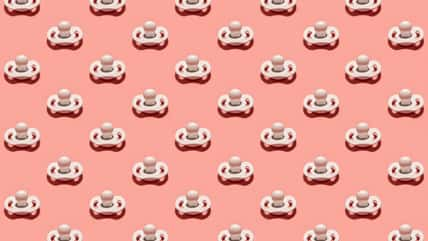Breaking Down Anthropophobia: A Severe Phobia In Which Individuals Experience Intense Fear Of Other People, Including Close Friends And Even Relatives

Everyone is afraid of something, but for people with phobias, it’s about more than just fear. They experience intense distress over a specific object or situation that affects their ability to function in everyday life, whether at work or socially.
While most people are probably aware of the more common phobias, such as the fear of spiders (arachnophobia) or the fear of enclosed spaces (claustrophobia), there are many strange phobias out there you may never have heard of, proving that people can be afraid of just about anything.
One of them is the fear of people, which is called anthropophobia. Those who have anthropophobia are afraid of being around other people, even close friends and relatives. They tend to avoid making eye contact, being in crowds, and worry about being judged by others.
It is a disorder that is often misinterpreted with other social phobias. But unlike other social phobias, anthropophobia is the fear of actual people in most or all situations, not just during a party or when giving a presentation in front of others.
Individuals with anthropophobia recognize that their fear is irrational, but they have a hard time controlling intrusive thoughts and managing their symptoms. They will arrange their activities in a way that works around the avoidance of people.
Anthropophobia is not a formal clinical diagnosis, but many experts consider it a specific phobia. The condition does not always have a clear cause.
Some things that could lead an individual to develop anthropophobia include a past negative experience with loved ones, a general tendency for being overly anxious, hormonal imbalances, or problems with adrenal glands.
Many people with anthropophobia experience anxious thoughts about being around other people, which can trigger a variety of physical symptoms like heart palpitations, increased heart rate, nausea, vomiting, difficulty breathing, shortness of breath, sweating, trembling, and crying.
Anthropophobia cannot be cured, but with treatment, the symptoms can improve, and the fear of people becomes less intense to the point where it no longer interferes with daily life.

Anatoliy Karlyuk – stock.adobe.com – illustrative purposes only, not the actual person
Some helpful treatments that are used for specific phobias are exposure therapy, cognitive behavioral therapy, and hypnotherapy.
The support and encouragement from friends and loved ones can also go a long way toward helping people suffering from anthropophobia.
Sign up for Chip Chick’s newsletter and get stories like this delivered to your inbox.
More About:News





